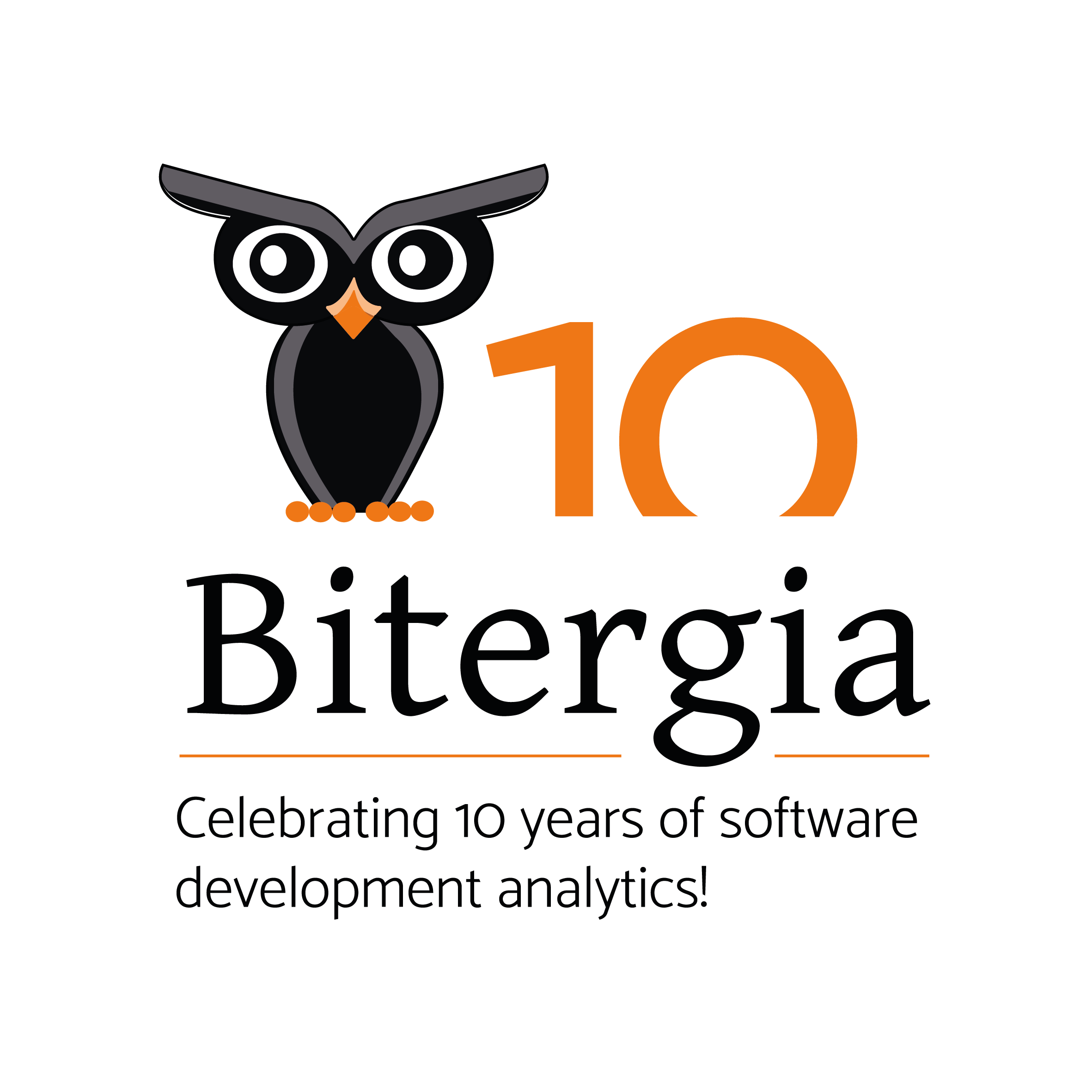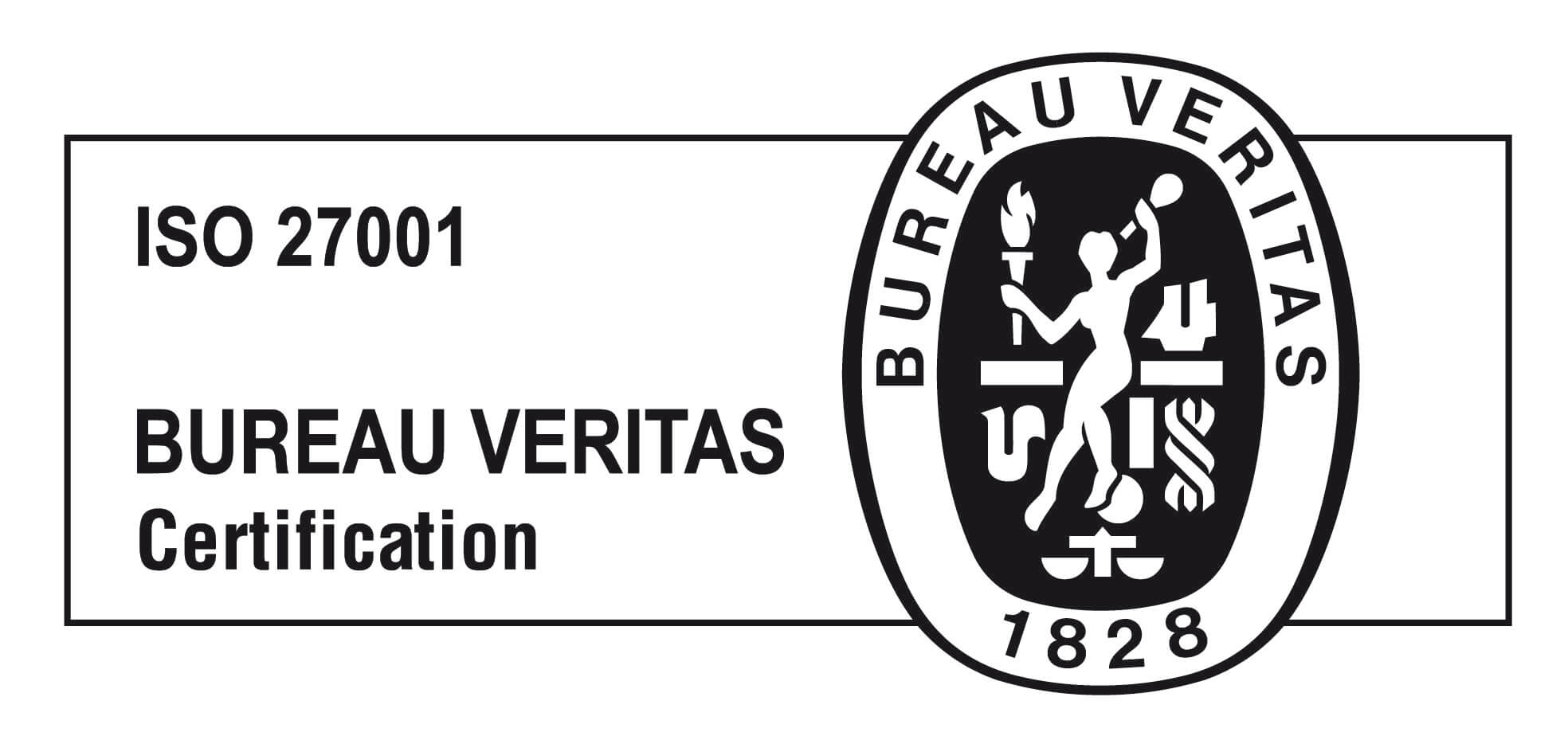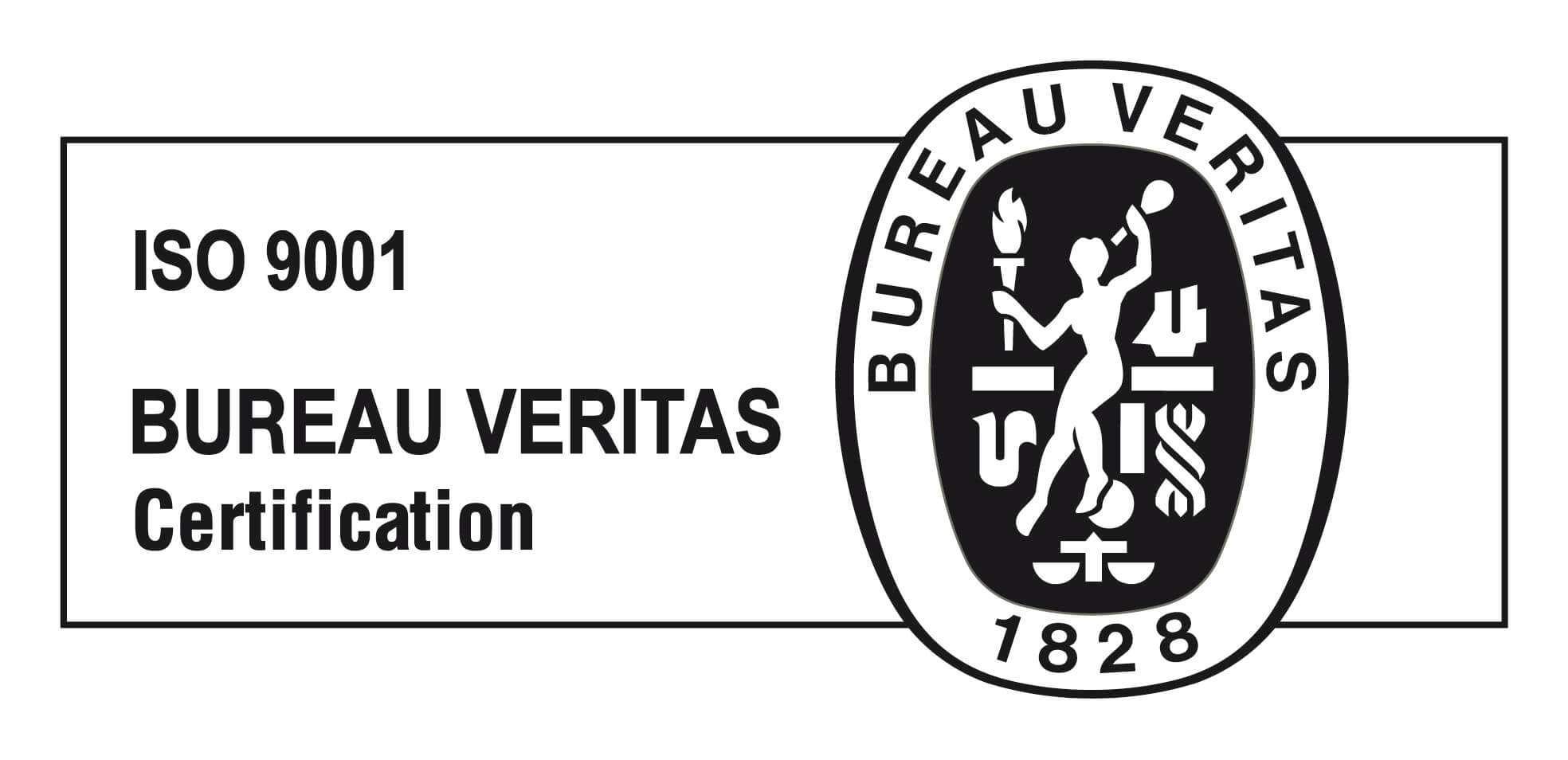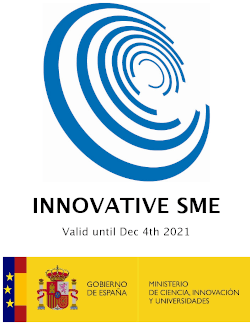Few months ago Mozilla launched Mozilla & the Rebel Alliance , an interactive network representation of Mozilla’s contributor communities (also available as PDF file). This report has a lot of insights for anyone involved in developer community building, such as DevRel.
Two pain points highlighted during our conversations with DevRel people were:
- How to identify key developers for specific campaigns (e.g recruitment, championship programs, etc)
- How do developers interact across the different platforms used by the developer community
Do you want to know how Mozilla has addressed them? Here are three learnings you can take from this report:
1. Using software development community models to define key developer segments
Coming up with a standard community model has been a pain in the neck, and DevRel Community is always working on new ideas. However, whether your team is reporting to marketing, support or engineering, you have been hired as a DevRel to build relations with developers (as Mary Thengvall would say, “everything is about connecting people!”)
In order to know your developers, you need to know where they are and how they interact with the project or software you are in charge of.
This means understanding where your community is on the different steps of the journey. Not only how they have known about the software and if they are using it, but how engaged they are, how satisfied they are, etc. You need to know what kind of developer community you have.
These questions can be answered by looking at your community as contributors segments, avoiding limiting your efforts by just using marketing models (the infamous marketing funnel), that will cover a small proportion of your full potential as a DevRel specialist.
This was exactly what Mozillians did in their analysis: They defined their community with 4 key contributor segments: Visitor, casual, regular and core
Key contributor segments can help define contributor types we can engage and evaluate with more specificity. Segmentation can also help us pinpoint where there are areas of concern, such as a ratio among the contributor segments that’s potentially worrisome over time . For example, a community with a large number of casual contributors, low retention, and a very small number of regular and core contributors might indicate a possible systemic issue: what’s stopping casual contributors from becoming regular and core contributors?
-MOZILLA AND THE REBEL ALLIANCE REPORT
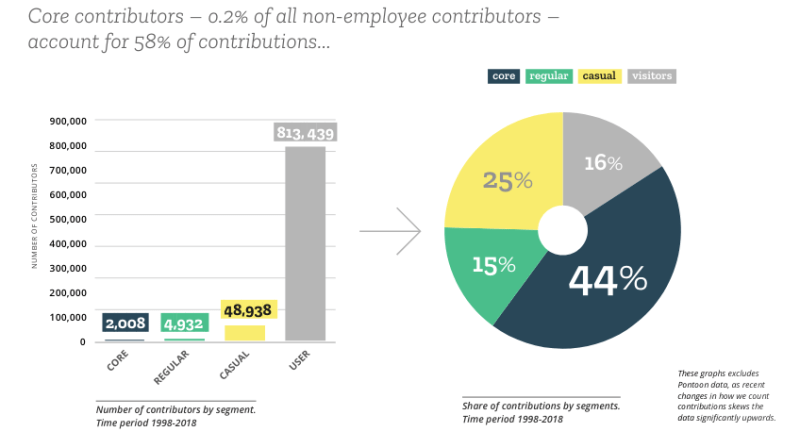
Contributors were defined as core, casual, or regular if they have made a certain threshold of contributions over their lifetime of contribution to that particular platform. The segment definitions were developed based on all contributions to the platform, including employee contributions .
Mozilla found out that there were contributors who didn’t participate much, with five or less registered contributions over their lifetime . Thus, they defined a fourth segment, the ‘visitor’ segment, similarly for all platforms – up to 5 lifetime contributions to a particular platform.
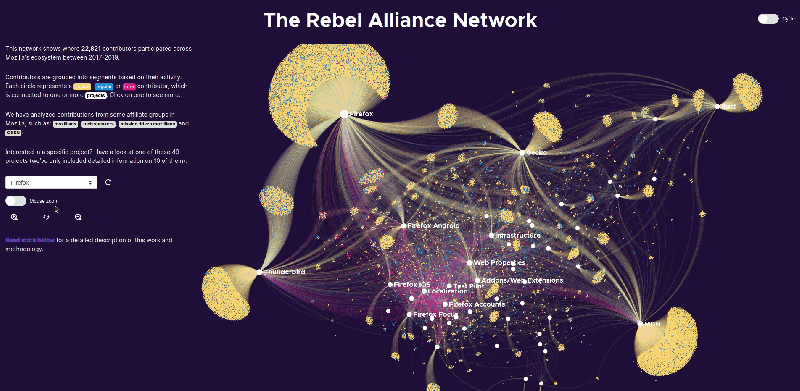
Bonus point: Commercial contributions
Moreover, Mozilla looked for strategic commercial collaborators activity
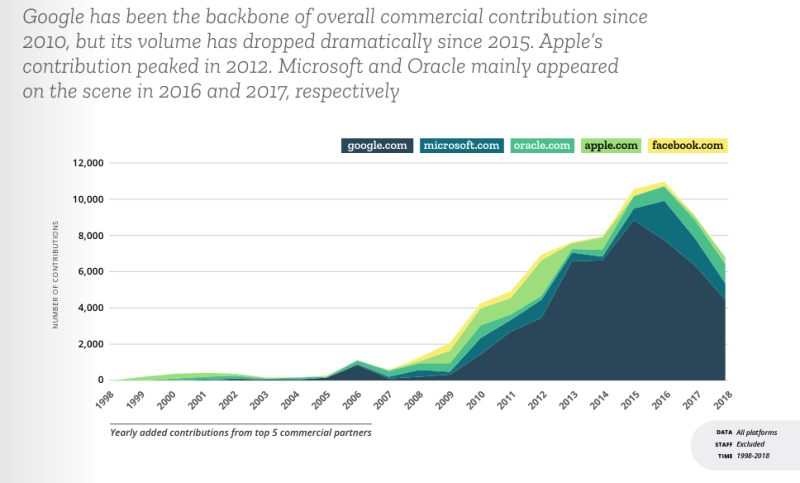
2. Community interactions happen in more than one place
Developers interact with your organization’s software in different ways and through different platforms. Mozilla identified the main platforms where their community is and defined what can be measured as a contribution within the different platforms.
Moreover, Mozilla filtered between company vs non company contributors, to understand Mozilla’s external network influence
We’ve analyzed quantitative and qualitative data from six essential contributor communities and platforms: Git and GitHub, Bugzilla, Kitsune (SUMO), Pontoon (Localization), Kuma (Mozilla Developer Network) and Add-ons.
-MOZILLA AND THE REBEL ALLIANCE REPORT-
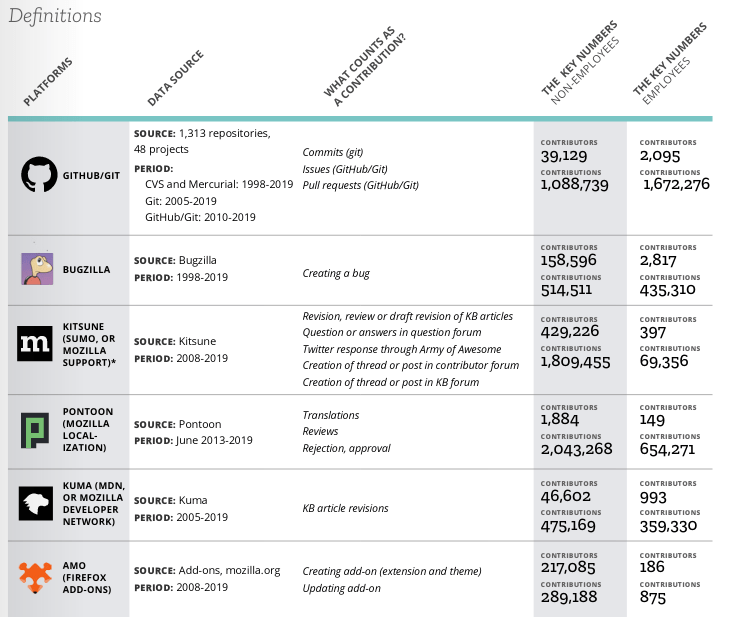
However, how can Mozilla know who is who across the different platforms? How can they affiliate identities so well? The answer is simple: GrimoireLab SotingHat, the contributors information management tool in Bitergia Analytics Platform.
“One of the benefits of Bitergia’s GrimoireLab open source analytics platform is its “Sorting Hat” component, which sorts matches and duplications across contributor identities.”
-MOZILLA AND THE REBEL ALLIANCE REPORT-
Using SotingHat with its user interface, HatStall, makes very easy to curate contributos information by allowing to merge their different identities across the different platforms, or by adding their affiliation information:
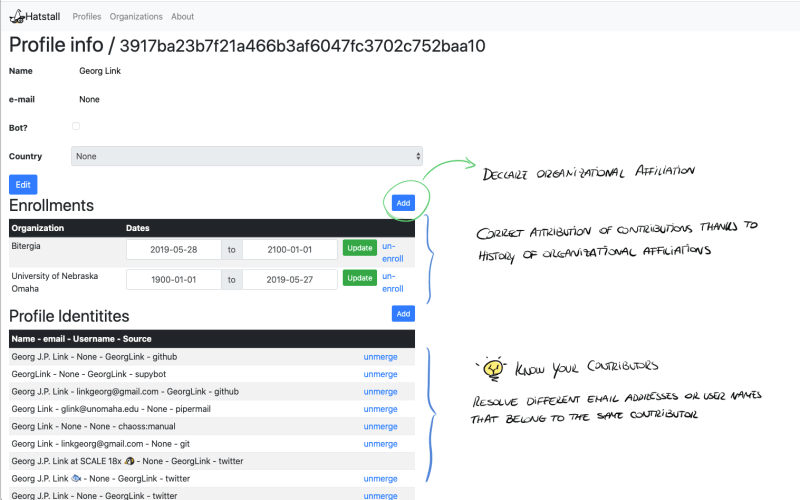
3. One project, one community is not true anymore!
We recently mentioned in our last post how more and more companies have begun to participate in open source projects and how this implies an important growth within project ecosystems, with more complex interactions between projects.
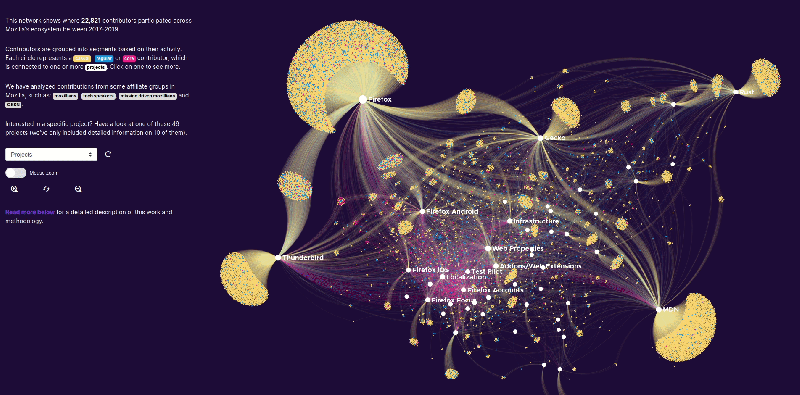
People are getting involved in several projects at the same time, creating cross-communities collaboration. Having a solid metrics strategy to understand relationships between projects is important for any DevRel. It helps to identify key developers within a ecosystem and the ones connecting ecosystems (e.i developer champions, developer specialists, and more)
This is something Mozilla know well and for that reason, they have represented the Mozilla ecosystem as an interactive network representation of contributor communities
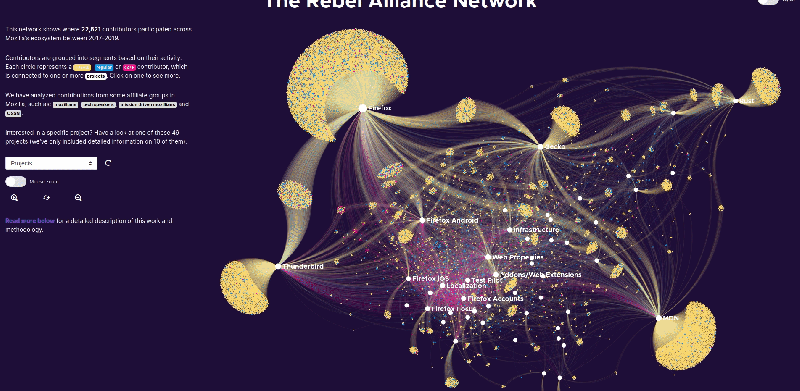
Closing thoughts
We’ve now covered three different learnings from Mozilla’s community report for any DevRels willing to know their communities (contributors, developers, users, etc) and to build effective relationships with them:
- Know developers engagement with the projects
- Understand how they work in the different platforms being used by the community
- Expand your view to understand the whole ecosystem of communities related with the set of people that define your target community
Bitergia participated as developer community data specialists and data providers for this report, as well as Mozilla’s 2017 communities and contributors report. 15+ years of experience about collaborative software development methodologies and quality models is a long path learning how to provide valuable information with a holistic metrics strategy to help managers to understand their developer community. If you want to learn more, feel free to contact us





